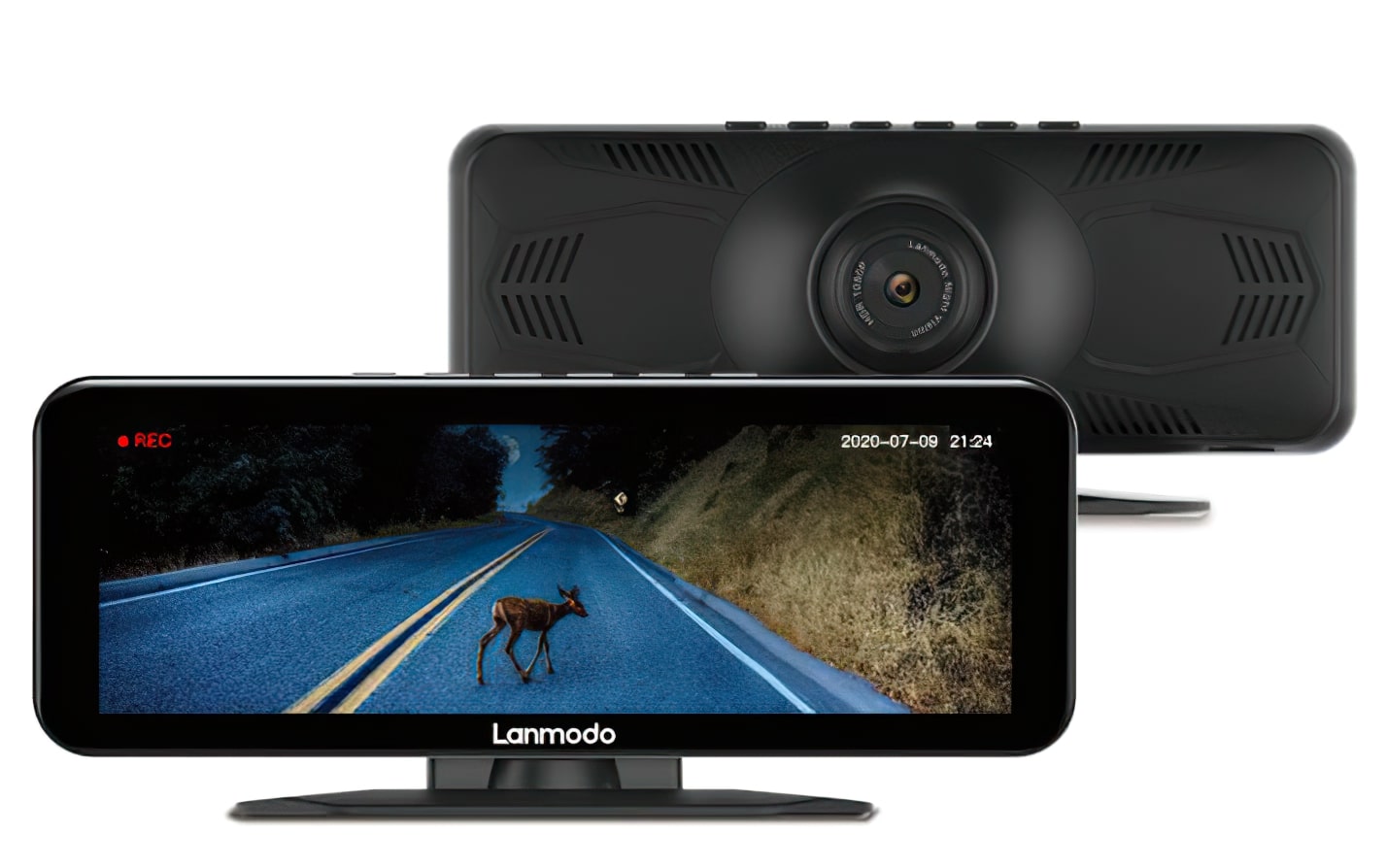
I used to be an enormous fan of Asus’ TUF Gaming K5 mech-brane keyboard once I checked out it final month, so immediately I assumed I’d flip my consideration to its equally TUF mouse companion, the Asus TUF Gaming M5, and see if it’s best gaming mouse materials. See what they did there? Coated in the identical sturdy TUF stuff that makes it extra immune to sweat, friction and basic abrasion than your common PC peripheral, this tiny, type of ambidextrous mouse ought to hopefully final a bit longer than its equally priced £35 / $40 competitors. Here’s wot I feel.
Of course, long-term sturdiness claims like this are at all times tough to check with out equally long-term each day utilization, by which level a assessment of the factor is virtually ineffective as a result of it would have both gone finish of life by then or been changed by one thing else. But given how spectacular the TUF Gaming K5 keyboard was when it got here to its spill resistance, I’m inclined to take Asus at their phrase right here.
Admittedly, the M5 isn’t spill resistant like its K5 sibling, so it’s liable to interrupt simply as simply as different mice should you by accident knock a drink over it. But it’s meant to be 1.5x extra friction resistant, 1.5x extra sweat resistant, and 5x extra immune to abrasion, which is able to hopefully assist preserve it in higher situation for longer than different mice in its £35 / $40 value vary.
It is, nevertheless, fairly a small little factor, and its dimensions of 111x61x42mm really feel positively tiddly beneath the palm – particularly after the palm-hogging Corsair M65 RGB Elite. It’s nice should you’ve acquired tiny arms like mine, however I believe larger-handed people might discover it a tad petite.
For the mini-fingers amongst us, nevertheless, the TUF Gaming M5 does really feel well-proportioned – or a minimum of it does should you’re right-handed. For regardless of having an ambidextrous form, the absence of any buttons on the right-hand aspect of the mouse means lefties are nonetheless going to be caught utilizing their little finger to hit the TUF Gaming M5’s two programmable aspect buttons. It’s doable, nearly, thanks in no small half to their massive measurement and well-positioned location, nevertheless it nonetheless requires a level of power and digit dexterity that’s a lot much less handy than merely transferring your thumb up a bit.
For the right-handed, mini-fingers amongst us, then, the TUF Gaming M5 does really feel fairly good. The aspect buttons have been straightforward to hit no matter whether or not I adopted my lazy palm grip or extra of a laid-back fingertip grip, and should you’re not pleased with their default backwards and forwards web-surfing controls, you may at all times assign them a unique operate utilizing Asus’ ROG Armoury II software program.

Alas, that isn’t one lengthy button on the correct hand aspect. It’s simply one other logo-fied plastic panel.
This provides you an honest variety of programmable choices to choose from, reminiscent of keyboard capabilities, programmable macros, Windows shortcuts and multimedia controls, however anybody hoping for an on-the-fly DPI sniper-type management to offer them an edge in aggressive FPS games should look elsewhere, as the one DPI operate accessible on this specific mouse is the default DPI Switch operate, which is already assigned to the central button beneath the scroll wheel. It’s not the tip of the world, all advised, and I’m probably not that shocked by its absence given its extra entry-level value.
More shocking is its quite restricted DPI vary of 100-6200. In reality, except you’ve acquired bionic eye sockets, nobody actually wants something greater than 3000 DPI, not to mention 6200 DPI, however when the even cheaper £25 / $25 Steelseries Rival 110 gives as much as 7200 DPI, it simply doesn’t really feel such as you’re getting as a lot to your cash right here. I wouldn’t thoughts a lot if the TUF’s DPI Switch button allow you to change between extra than simply two totally different DPI speeds, however even that isn’t any higher than what you get on the Rival 110.
Indeed, you solely must spend a tenner greater than the TUF Gaming M5 to get Steelseries’ correctly ambidextrous mouse, the Sensei 310, which is presently going for £45 / $50 at time of writing. While that additionally solely has two DPI settings, it does include a wider DPI vary of 100-12,000, and eight programmable buttons as a substitute of six (together with two on the correct for lefties). This places Asus’ diminutive mouse in a quite awkward place. Do you need to compromise on value for that further sturdiness, or would you quite your cash go a bit additional with both one of many Steelseries mice?
If you’re after an ambidextrous mouse for left-handed use, the Sensei 310 is an absolute no-brainer. It’s dearer, certain, however lefties can really use it correctly as a substitute of getting to contort their pinky finger to hit its further buttons. Right-handed mousers, however, are most likely nonetheless higher off taking place the Steelseries route, if solely as a result of each the Rival 110 and Rival 310 (the right-handed model of the Sensei 310) are that bit bigger, making them a greater match for a wider vary of hand sizes.
The TUF Gaming M5 continues to be an honest possibility should you’d adamant on getting one thing small, however for everybody else, you’ll nearly definitely get extra to your cash by choosing one of many Steelseries.




